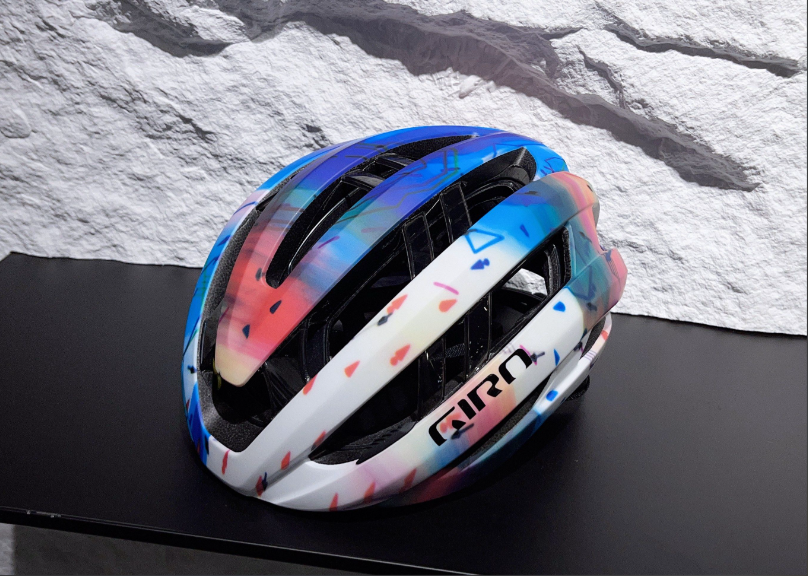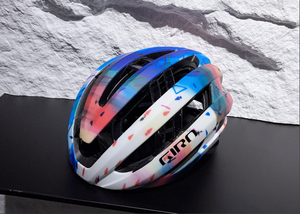
The inspection methods and standards for helmets, as well as the inspection and certification services for factories.
Helmets are crucial safety protection equipment when riding electric bikes or motorcycles. Their quality directly affects the life safety of users. In the face of increasingly strict market supervision and consumers' high demands for quality, helmet manufacturers and purchasers must establish a full-process quality control system from supplier evaluation to product manufacturing. This article will combine international safety standards and industry inspection practices to systematically introduce the inspection items, testing methods, and compliance points of helmets, providing references for quality managers, inspectors, and supply chain professionals.
I. Factory Audit and Quality System Requirements
Before commencing mass production, it is recommended to conduct supplier evaluation and pre-production factory inspection. The focus should be on assessing whether the factory has established a quality management system that complies with ISO 9001 and other requirements, and whether it has a complete mechanism for raw material inspection (IQC), production line inspection (IPQC), and finished product inspection (FRI). The inspectors should clearly define the product type (such as electric bicycle helmets, motorcycle helmets), applicable standards (such as GB 811-2022, ECE R-22.05, DOT FMVSS 218, etc.) and customer technical agreements in advance, and prepare the testing equipment and tools.
II. Key Inspection Items and Execution Standards for Helmets
1. Appearance Inspection:
The surface of the shell is clean, without particles, stains, scratches, peeling paint, or wrinkled decals;
The colors are uniform, without color differences, and the printed patterns are clear and free of any blurriness.
2. Assembly and Structural Inspection:
Lens System: The lenses are free from scratches, and the opening and closing are of appropriate tightness; The spring of the lens holder shows no rust, and has good elasticity; The screws are not whitened, stripped, or damaged;
Laces and fasteners: The woven straps are sewn firmly without any thread detachment; the snap fasteners open and close smoothly, without rust, cracking or excessive wear; the rivets are installed firmly without rust marks.
Inner lining and comfort layer: The inner lining is assembled smoothly, the lining fabric has no loose seams or broken threads; the Latin fasteners are not detached; the cleaning strips fit tightly, without loose glue or excessive height difference.
Ventilation device: The ventilation holes and the top cover push-button switch are flexible. The interior is clean without any frayed edges, and there is no warping or sticking.
Ear protection component: Symmetrical on both sides, sealed with hot melt adhesive without any overflow, and the four-part fastener is undamaged or not detached.
3. Inspection of labels and tags:
The content of the lens protective film and safety certification labels (such as CE, DOT labels) is correct and they are securely attached;
The label placement conforms to the process documents, without any distortion, warping or poor printing.
The internal labels (such as size labels and washing labels) are accurate in information and securely sewn.
4. Packaging and Shipping Inspection:
The inner packaging (cloth bag) and outer box are dry, clean, without stains or damages;
The packaging is tightly sealed, the adhesive tape is applied smoothly and firmly, and the excess length at both ends is controlled within 10cm to 12cm.
The box label information is clear and consistent with the actual product, meeting the requirements of the order.
III. Safety Performance Testing (Sampled):
Impact Absorption Performance Test: Simulate an impact and measure whether the acceleration value is below the standard limit (e.g., as per GB 811, it should be ≤ 300g);
Strength test of the wearing device: Apply static tension to the laces to check if they will come loose or break.
Lens optical performance and impact resistance: Test the light transmittance, refractive index and the ability to withstand sharp object impacts of the lens;
Flame retardant performance: Conduct a combustion test on the shell, webbing and other materials to evaluate the flame retardant effect.
IV. Classification of Common Defects (Based on AQL Standards):
Severe Defects (Critical Defects): Shell cracking, lacing strap breakage, buckle malfunction, insufficient impact absorption;
Major Defects: Blurry lenses or poor opening/closing, malfunctioning ventilation system, incorrect labeling, inner lining detachment;
Minor Defects: Minor scratches, stains on non-critical areas, slight damage to packaging.
V. Inspection Process and Sampling Suggestions
Conduct sampling inspection according to the AQL sampling plan (such as ISO 2859-1). For safety performance items, increase the sampling quantity.
Conduct reliability tests (such as fatigue tests) on high-risk components (such as fasteners, straps, and lenses).
It is suggested to introduce a third-party inspection service to conduct independent verification for the first batch or critical batches, with particular attention paid to structural integrity and safety compliance.
The inspection report should comprehensively document the details of the defects and provide suggestions for improvement.
VI. Summary and Recommendations
Helmet inspection is a professional task that integrates structural, material, safety and humanized design. Enterprises should establish a multi-level quality control system through regular supplier audits, production process inspections and terminal safety verifications. Special attention should be paid to the compliance with international safety certifications (such as ECE, DOT, NTA), and it is strictly prohibited to use inferior materials or simplify processes. Only by deeply integrating international standards, customer requirements and internal quality control can the protective performance, comfort and market competitiveness of helmet products be continuously improved.
分享这个商品

The inspection methods and standards for helmets, as well as the inspe
Helmets are extremely important safety protection equipment when riding electric bikes or motorcycles. Their quality directly affects the safety of the users.
